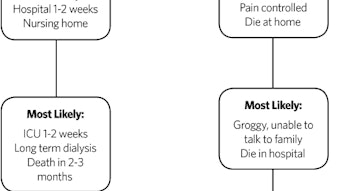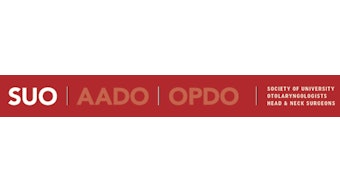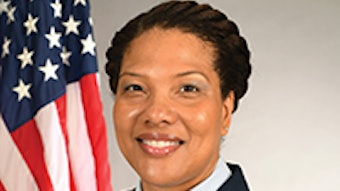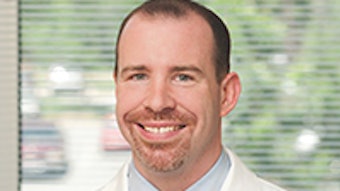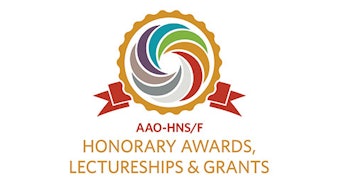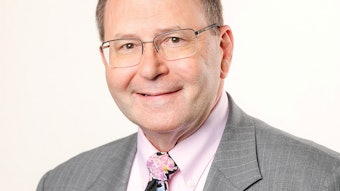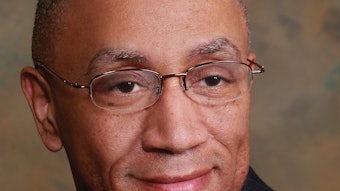University of Kansas Team Treats Goiters, Neck Masses in Philippines
After three plane rides, one ferry ride, two bus rides, and 36 hours of travel, our team of morethan 20 people from Kansas City made it to Calapan City on Mindoro, an island of the Philippines. I was fortunate to join The World Outreach Foundation of Kansas City (WOFKC) on their annual trip in February 2019.
G. Nina Lu, MD
After three plane rides, one ferry ride, two bus rides, and 36 hours of travel, our team of more than 20 people from Kansas City made it to Calapan City on Mindoro, an island of the Philippines. I was fortunate to join The World Outreach Foundation of Kansas City (WOFKC) on their annual trip in February 2019. The trip serves the Calapan Provincial Hospital Major Surgery and Clinic as well as provides care to the local clinic and indigenous areas of the Naujan Mountains. The target population encompasses a remote region of the Mindoro island and the local Naujan indigenous communities that have limited access to healthcare. Many of these patients do not have reliable running water or electricity. Working with local surgeons, the otolaryngology team from the University of Kansas focused our efforts during our one-week stay on endemic thyroid goiters and congenital neck masses. These patients had been sent by local clinics throughout Calapan City for evaluation and operations by our team.
Many local surgeons joined us in the operating room to learn from our cases and shared their experience and challenges faced while operating in a resource-scarce environment. The local hospital nurses and students assisted in the operating room, aided in translating, and participated in postoperative care. There was a true collaborative environment between the local hospital providers and our international team on multiple levels of patient care. We were even updated with a pathology report by Dr. Sebastian, the chief of surgery in Calapan, a few weeks after our trip. Having the privilege to care for these patients and work with the local physicians was a truly humbling and inspiring experience. The trip taught me how having a good working relationship with the local physicians is critical to the success of these short-term trips. Being able to integrate into the local healthcare system is vital to establishing a sustainable model. I felt privileged to be able to work with people such as Dr. Sebastian and get a glimpse into the world of otolaryngology halfway across the world.
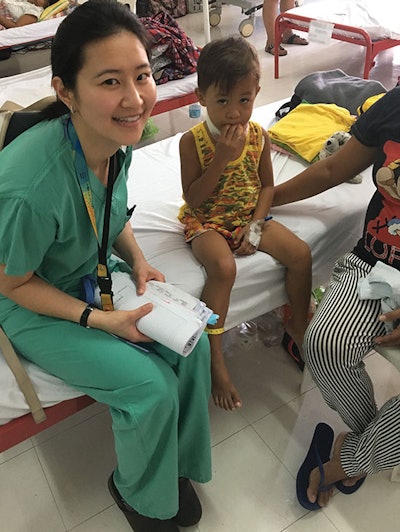
Boobie was a seven-year old kid presenting to us with a midline neck mass. It had been previously infected, and the parents were very concerned about another infection. We performed a Sistrunk procedure for removal of the thyroglossal duct cyst, and his parents were so grateful for our help. Taking care of patients such as Boobie really energizes my interest in global health and inspires me to continue to figure out what role otolaryngologists can play in establishing sustainable trips across the world.



